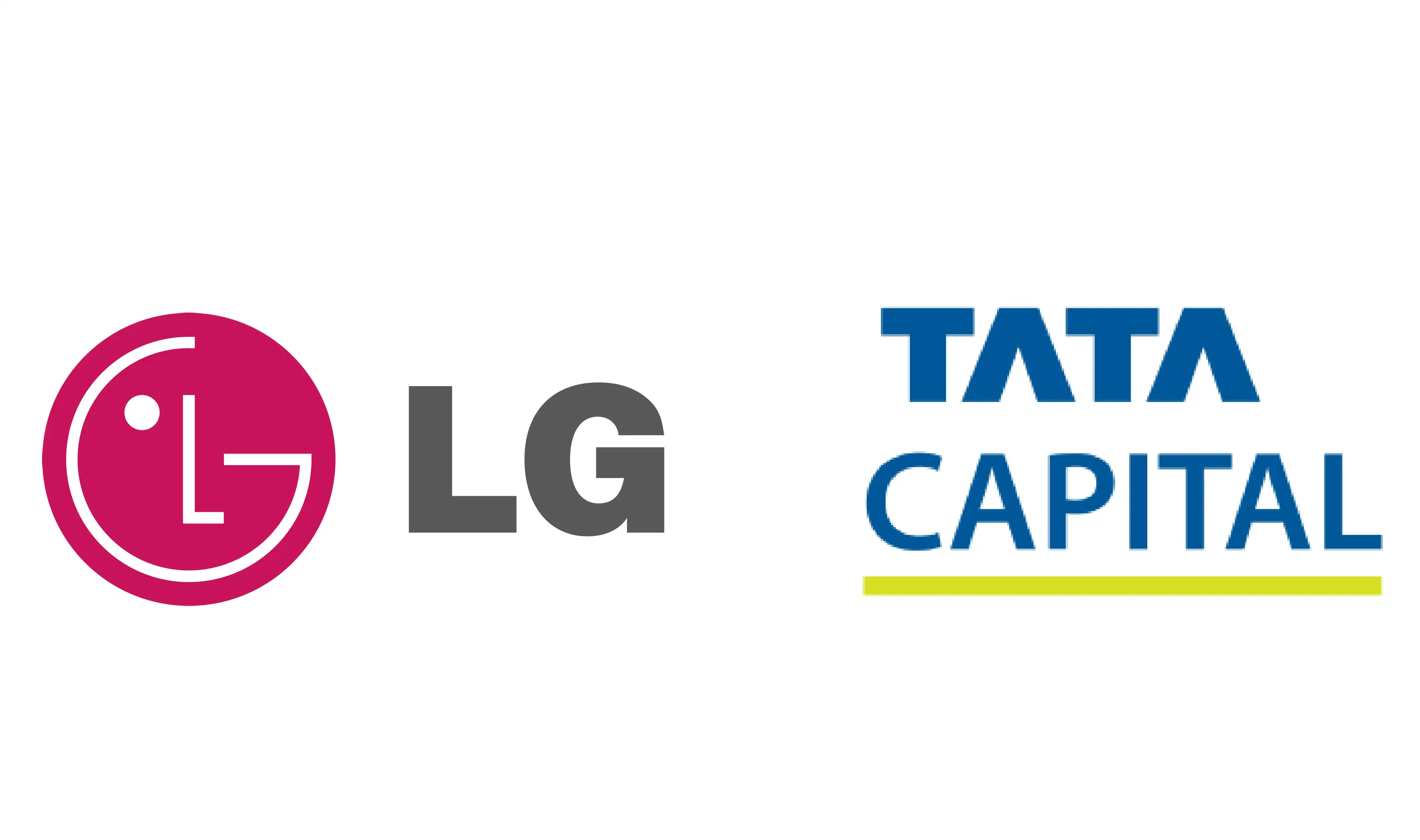What Institutional Investors Need to Know About Crypto-Enabled Forex Platforms
Global FX desks are no strangers to complexity, yet the arrival of crypto-funded trading accounts is forcing even the most seasoned portfolio managers to revisit their playbooks. A growing cadre of prime-of-prime brokers now allows deposits in Bitcoin, Ether, and US-dollar stablecoins, automatically converting those assets into fiat margin. For hedge funds and professional traders, the attraction is straightforward: round-the-clock funding, faster collateral mobility, and the potential to unlock new alpha streams. The flip side, of course, is novel counterparty and regulatory-risk terrain. This article drills into the most important considerations, avoiding hype while highlighting the strategic advantages that really move the needle. Why Crypto Funding Matters for FX Desks Traditionally, moving collateral between banks, prime brokers, and exchanges means living with CLS cut-offs, SWIFT delays, and sometimes opaque “holiday FX” spreads. Crypto rails, by contrast, settle in minutes on a ...
Global FX desks are no strangers to complexity, yet the arrival of crypto-funded trading accounts is forcing even the most seasoned portfolio managers to revisit their playbooks. A growing cadre of prime-of-prime brokers now allows deposits in Bitcoin, Ether, and US-dollar stablecoins, automatically converting those assets into fiat margin. For hedge funds and professional traders, the attraction is straightforward: round-the-clock funding, faster collateral mobility, and the potential to unlock new alpha streams. The flip side, of course, is novel counterparty and regulatory-risk terrain. This article drills into the most important considerations, avoiding hype while highlighting the strategic advantages that really move the needle. Why Crypto Funding Matters for FX Desks Traditionally, moving collateral between banks, prime brokers, and exchanges means living with CLS cut-offs, SWIFT delays, and sometimes opaque “holiday FX” spreads. Crypto rails, by contrast, settle in minutes on a public blockchain. That alone explains why the number of institutional-grade FX platforms supporting digital-asset deposits, including Forex brokers with BTC deposits, has climbed from fewer than five in 2021 to more than thirty in mid-2025. As of mid-2025, the stablecoin market totaled around $255 billion in circulation, with daily transaction volumes (across all use cases) estimated at $30 billion, and projected to grow to $250 billion in the next few years. While stablecoins are gaining traction in cross-border payments, their current usage represents less than 1% of the total cross-border payment market. The immediate benefit for trading desks is lower funding friction. When a macro fund needs to top up margin to defend a yen short ahead of BoJ chatter, it can wire USDC in ten minutes instead of waiting until the next banking window. Intraday Liquidity Without Bank Cutoffs FX is a 24-hour market only in theory; in practice, liquidity gaps appear whenever capital is trapped in a banking silo. Crypto deposits circumvent that problem. A desk with Bitcoin on its balance sheet can move value onto the trading venue at 02:00 GMT just as easily as at 14:00 GMT. Sudden margin calls become less lethal. Position sizing can stay closer to the model’s optimal leverage curve. Unused collateral may be swept back into a cold-storage wallet at session close, minimizing overnight exposure to the broker. Because blockchain clearing is deterministic, every confirmation is final. Operations teams gain real-time visibility that was impossible with legacy correspondent banking. Portfolio Diversification of Cash Reserves Sizable hedge funds have long used T-bills to earn a risk-free rate on idle cash. Stablecoin money-market funds such as BlackRock BUIDL now compete aggressively, offering on-chain T-bill exposure with same-day liquidity back into FX margin. Allocating, say, 5% of cash reserves to tokenized treasuries can: Provide a yield pickup of 25-40 bp over traditional sweep accounts. Shorten collateral recall time from T+1 to under two hours. For institutions operating in jurisdictions where capital controls cap USD outflows, holding some liquidity in crypto form can also serve as a hedge against onshore banking risk, though this must be balanced against local compliance requirements, which we address below. Operational Considerations Speed and flexibility are only as good as the pipes that deliver them. Integrating crypto funding into an FX workflow forces desks to revisit counterparties, custody arrangements, and middle-office processes. Counterparty Risk and Custody In a fiat-only environment, credit exposure is managed via well-worn ISDA agreements. Crypto adds two new variables: Private-key security. Exchange or broker solvency. Most institutional platforms now support multi-signature wallets, hardware-secured key shards, and SOC 2 Type II certifications. Nevertheless, due diligence should include: On-chain proof-of-reserves audits. Segregated account structures (no rehypothecation of client crypto). Insurance coverage specific to digital-asset theft. A useful framework is to rank counterparties on a “crypto NAV haircut” curve, what percent of the deposit you’d still assign as margin value if the broker were to halt withdrawals temporarily. Top-tier shops with external attestations often merit a 0-5% haircut; newcomers may warrant 30% or more. Compliance, Reporting, and Audit Trails Crypto deposits intersect with multiple regulatory regimes: MiCA in the EU, Travel Rule implementation in the UK, and the recently finalized U.S. “Digital Commodity Exchange Act.” The practical upshot is additional KYC/AML data collection and, at times, wallet-screening obligations. Operations leads should confirm that their platform delivers: Automated exchange-of-information files in OECD CRS format. Real-time blockchain analytics that flag sanctioned addresses before deposits hit the margin account. ISO 20022-compatible transaction exports so crypto flows reconcile cleanly with fiat accounting. Failure here can create audit landmines. The guardrails above would have prevented that headache. Competitive Edge and Alpha Generation Crypto-enabled FX platforms aren’t merely plumbing upgrades; they open doors to entirely new trading ideas. Synthetic cross-pairs. Borrow ETH, convert to EUR, and short against CHF swaps, exploiting volatility term mis-pricing. Funding-rate arbitrage. Hedge directional BTC delta offshore, deploy the unlocked USD collateral into high-interest DeFi pools, and recycle yield back into FX margin. 24/7 data signals. On-chain transaction clusters often predict Monday open gaps in emerging-market currencies correlated with remittance flows. Nonetheless, alpha opportunities are dependent on sound infrastructure. Theoretical edge can be diluted by latency, per-trade conversion costs, and hedging costs. Ahead of executing any crypto-centric strategy, do a shadow book during at least one calendar quarter to clear any latent frictions, particularly around weekend funding rates. Looking Ahead: Pragmatic Next Steps Mapping. Map your collateral workflow. Determine the location of idle capital as a result of banking cutoffs. Crypto-deposit brokers, next pit stress-test their withdrawal and conversion speeds in volatile windows. Engage compliance early. Sign off on Travel Rule procedures and identify wallet-screening standards. Pilot small allocations of up to 2% of AUM to ensure operational reliability. Establish a playbook of extreme events (e.g., chain halt, regulatory injunction) that has fallback lines of credit that are pre-approved. None of these steps is glamorous, yet they separate funds that harness crypto optionality from those that chase headlines. Conclusion For institutional investors, crypto-enabled Forex platforms are no longer a niche experiment; they are a fast-maturing conduit for liquidity, efficiency, and potentially differentiated returns. The technology solves concrete funding pain points, offers novel avenues for alpha, and, when paired with disciplined risk management, can coexist with existing treasury controls. Will every fund go all-in on Bitcoin margin? Of course not. But ignoring the option outright is beginning to resemble a strategic blind spot. The smart money is already running controlled pilots, tightening operational guardrails, and treating crypto funding as one more tool in the arsenal rather than a binary bet on digital assets themselves. In a market where micro-edge compounds over thousands of tickets, that extra two-hour liquidity window might just be the edge that keeps your strategy in the top decile.
Advertisement













